Since internal combustion engines (ICEs) are on their way out, why should their strongest visual symbol stay the same?

Front grille, also named radiator grille, used to be an essential part of a car. It protects the radiator from external impacts while allowing fresh air towards it. Such ubiquity made automakers gradually convert it into a visual element, rather than merely functional, and an important one. Over time, it became the key component of many successful design identities, as BMW, Jeep, and Kia have proudly shown us.
You may have noticed that I wrote that paragraph in the past. The reason is simple: front grilles exist because of internal combustion engines (ICEs)… and those are no longer the norm. Electric cars are going away from when they were experiments with quirky appearance and no real market ambitions. They are selling better than ever now, and that means it is time to pay attention to their specific design needs as well.
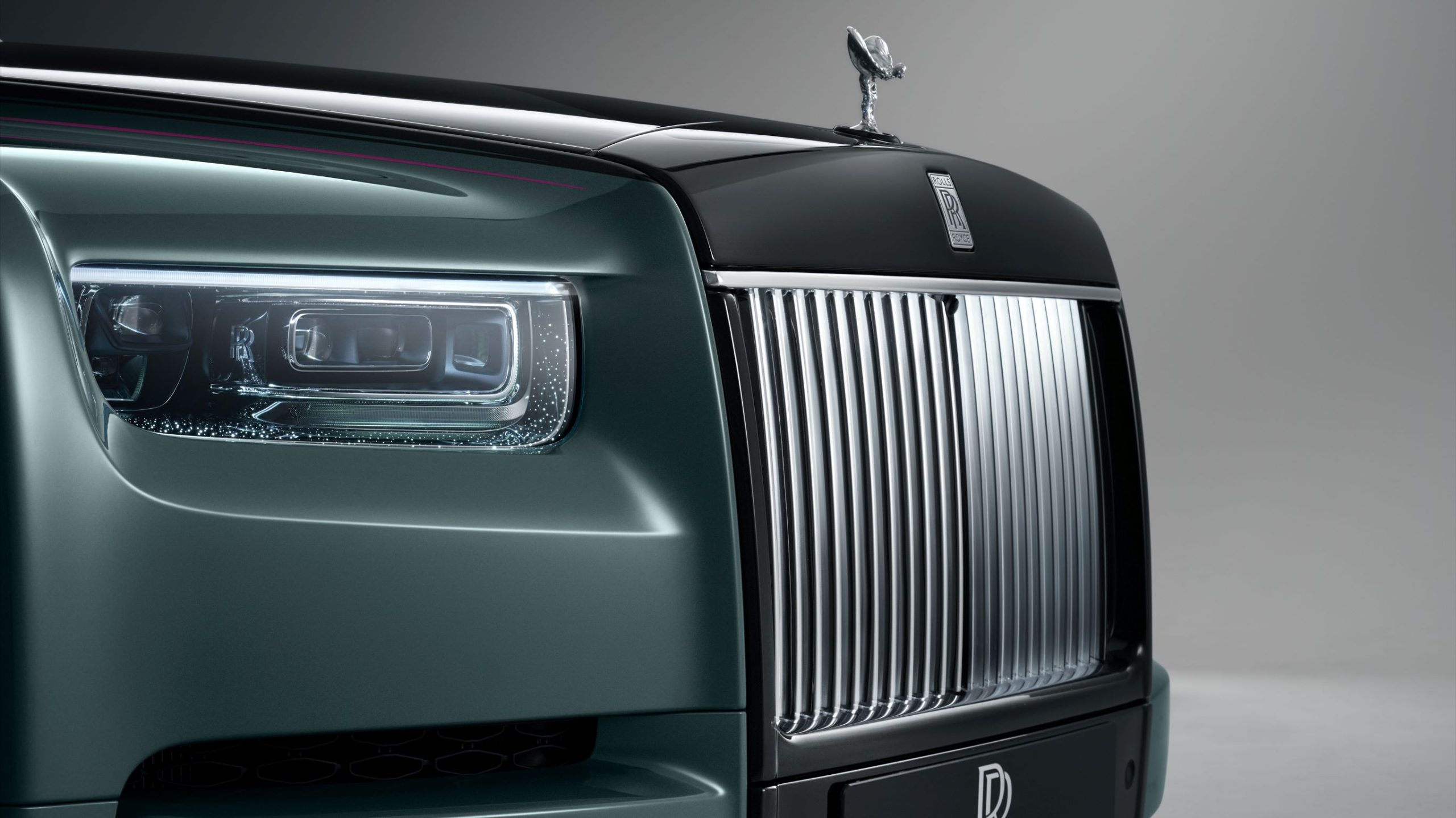
Why use a radiator grille?
Water-cooled engines get that name for having a fluid circuit through parts such as block, and cylinder head. Thanks to a pump, that fluid goes there to absorb the engine’s heat, then returns to the radiator to cool down again and repeat the process. The radiator does its job using fresh air from the outside; that is why it stays on the front. That is important because ICEs continuously generate heat from their work.
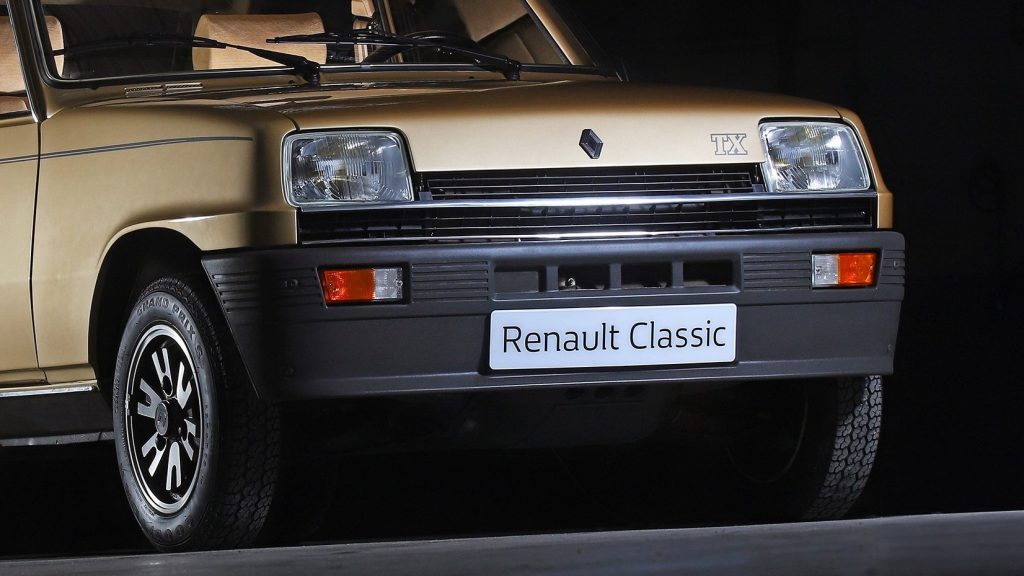
It is easy for the car’s movement to project stone chips onto the radiator. Automakers began to address that with literal gravel shields in the 1930s. Later, the industry wanted to make cars larger, roomier, and more aerodynamic, so grilles had to adapt. They slowly moved on from those purely functional types and became deeply connected with the car’s style. But that is no longer the latest chapter of the story.
Electric motors have milder cooling requirements, so they simply do not need a front grille as we know it. From the technical point of view, the fewer necessary parts, the better. The issue here is image-wise: how can a company simply abandon an item which had become a core part of its visual identity? After making many attempts, not all of them successful, it seems that the industry has finally found the way to go.

Slow send-off to the front grille
Examples such as the Tesla Model 3 have shown that leaving the region empty just looks weird. Parallel to that, Hyundai Ioniq and Mercedes-Benz EQS prove that painting a fake grille did not really help. The best plan is to develop a whole new design standard, but it takes time for people to accept such a big change. With few exceptions, the cars depicted here have started a trend I will name “phased-out front grille”.

Physically, those grilles come in the body color and do not have a prominent frame. They are still separate parts attached to the bumper, but look like only one thing. It is like the automaker covered the entire area with the bumper and only made some openings on it. As the photos show, the industry is already getting creative with that: there are phased-out grilles of multiple heights, widths, positions, and quantities.
Such integration manages to diminish the grille’s visual importance. Our attention goes to any other item, like the headlights on the T7 or the logo on the HR-V. The bumper still employs shapes and colors to look good; in fact, automakers need to work hard on it to avoid an inexpressive appearance. The key difference of this trend is simple: the front grille no longer fights with those others for our first-glance attention.
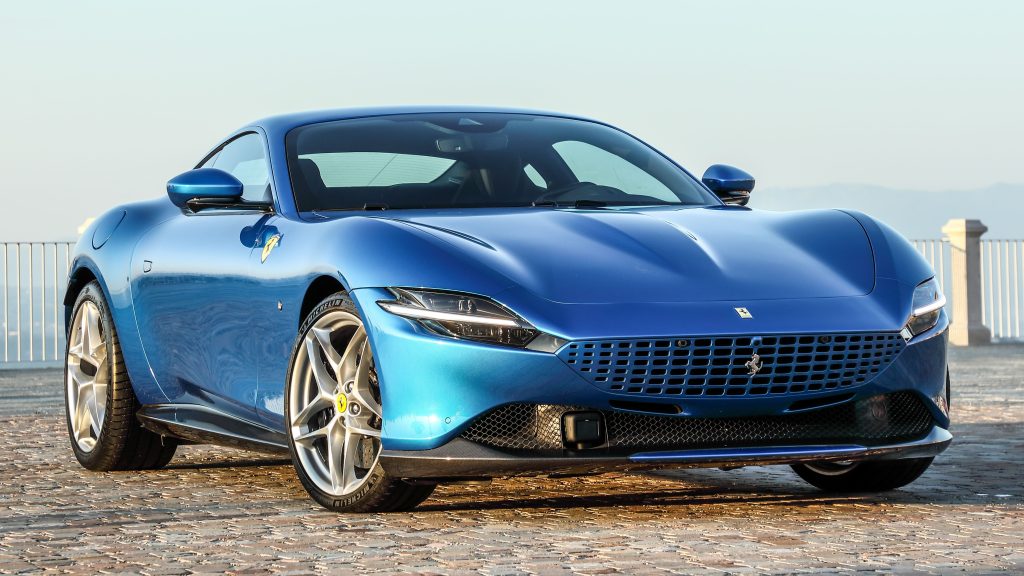
What is this trend’s outcome?
Most obviously, the front end looks cleaner. Losing a major visual item allows companies to focus on the others; we can expect lights, hood and bumper to take bigger roles from now on. That comes with good timing because production has reached a very high standard regarding metal forming, paint quality, and massive LED use. There are more industrial resources than ever to put designers’ ideas to practice.

Another great outcome is the possibility to correct mistakes. According to Automotive News, Lexus has made its signature spindle grille subtler to cater to buyer demands. The RX shown above has covered its upper part and made a smooth transition to the preserved lower part. The RZ electric sibling goes further and keeps nothing but the spindle shape, whose color always contrasts with that of its surroundings.
Last, but not least, the topic of this article. In essence, this trend is a chance for companies to learn how to live without the front grille. It works as a bridge to give people time to get used with that new style while electric cars keep rising. Once they become mainstream, eliminating the grille altogether will be easier for everyone. There will be no need to compensate its absence using those solutions of questionable taste.
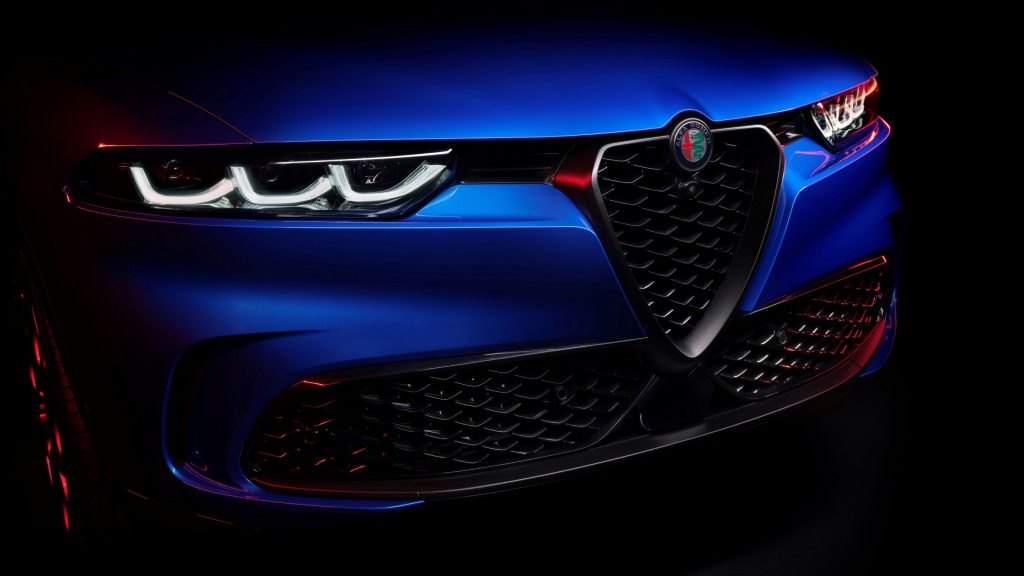
Will the front grille simply die?
Not in the foreseeable future, at least. Radiator grilles will exist in both high-performance and entry-level cars for some more time. After all, the industry still needs to work on their capabilities for the first group, and on their cost for the other. While the hybrid technology is leading the way for electrification on both fronts, it still uses ICEs. It will take some more years for us to see those cars safely drop the front grille.
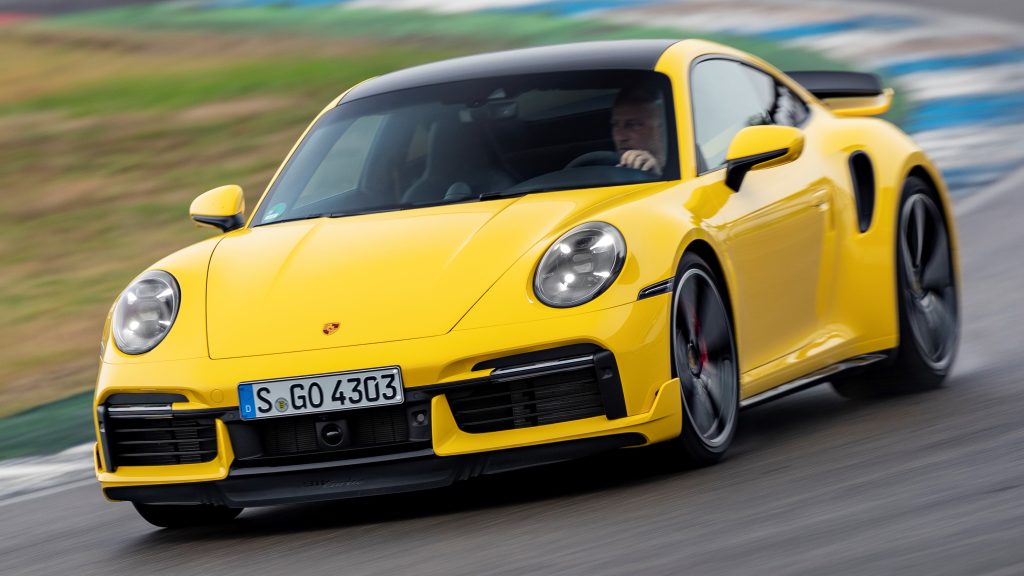
When it comes to performance cars, abandoning that item altogether will be even more difficult because it has a stronger emotional connection with them. The exception is when the car does not have an engine on the front, such as the Porsche 911 (rear) and the latest Chevrolet Corvette (center). They still use grilles up front, but they are at a lower position so as to cool the brake systems with fresh air from the outside.
Now, keep in mind that some other companies want to stick with their front grilles. In that case, the most likely outcome is that they will adapt the current design. Audi, for example, has moved a step forward in the process of phasing out the traditional grille. The e-tron GT coupé uses a black region surrounding the central element with horizontal shape and a color which depends on the character of each trim level.
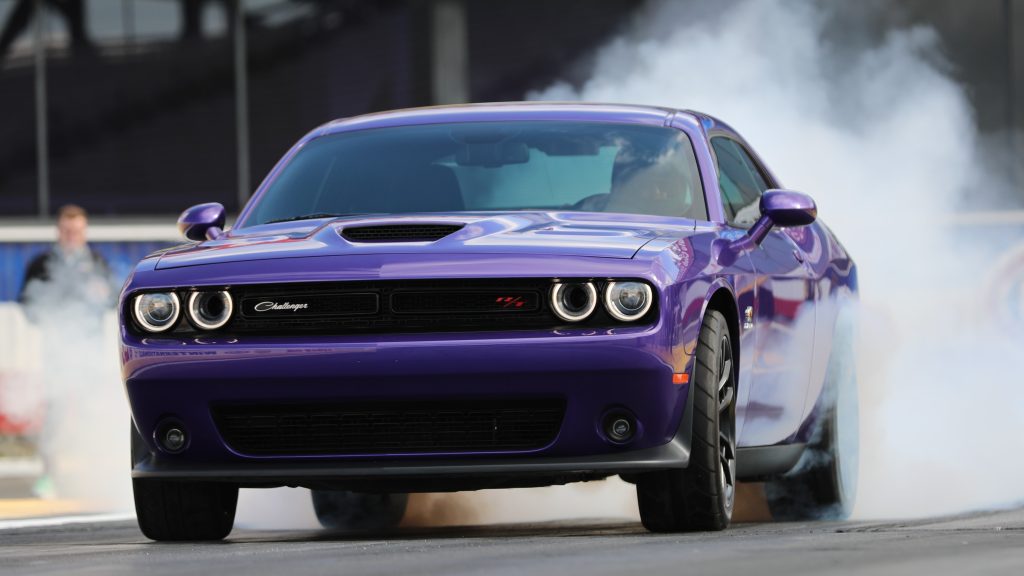
Frequently asked questions
Yes, because it has cosmetic and protective functions. However, driving without a front grille leaves the radiator exposed mostly to stone chips. The car’s movement projects them at high speed, which can damage the radiator.
Yes, if your car runs on internal combustion. Those engines are cooled by the radiator, which in turn catches fresh air from the outside. The front grille protects the radiator against the impact of stone chips projected to the car at high speed.
The technical name is “radiator grille”. However, people widely accept “front grille” as well.
Tiger Nose. Its first appearance happened in 2007, with the Kee Concept. Kia has used this grille on pretty much every car model released ever since.
Because of its basic shape. Grilles date back to the 1930s, when they first appeared on cars. Back then, they were purely functional items and aimed at physically protecting the radiator from stone chips from the road. In fact, they had the name “gravel shield” on some cars.
It has developed a milder version of its style, not a different one. The new front grille is already in use on the RZ and RX crossovers.
Grille, because it is a physical barrier that protects the radiator from external impacts. The word “grill” regards meat preparation.
Danillo Almeida has explored his passion for cars in two distinct ways. The first one is his graduation course in Mechanical Engineering, which will hopefully lead to a job position in the field. The other one is expressing his knowledge and opinions on the matter through writing. Almeida has already contributed to blogs, stores, and websites in general writing automotive content in many formats.



